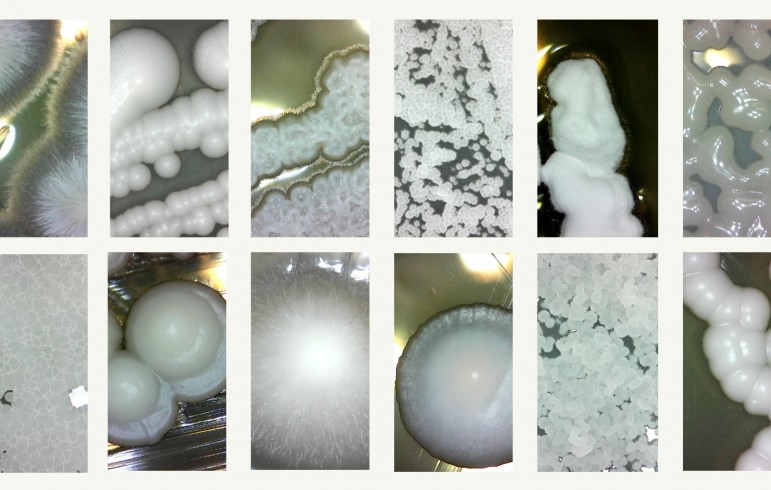On a long, straight stretch of Seminole Highway in Fitchburg, bikers and drivers encounter an arresting sight: tens of thousands of gleaming solar panels on either side of the road, tilting in unison to follow the sun over the course of the day.
This week we sat down with Jun Feng, a postdoctoral researcher in Ophelia Venturelli's research group at the University of Wisconsin–Madison, to talk about engineering microorganisms for biomanufacturing and what led him to UW–Madison.
Researchers at GLBRC and the South China University of Technology have developed a faster and less chemically intensive spectroscopy-based procedure called the Cysteine-Assisted Sulfuric Acid (CASA) method. The approach uses a new reagent combination of the amino acid cysteine and sulfuric acid to completely dissolve lignocellulosic biomass under less extreme conditions than traditional methods.
Josh Cook, UW–Madison Geological Engineering class of 2015, became interested in renewable energy while participating in a summer intensive Mandarin language program in China.
This week we sat down with Surajudeen Omolabake, a graduate student in Shannon Stahl’s lab at the University of Wisconsin–Madison, to talk about creating useful chemicals from wood, his dogs Sky and Cecille, and what led him to UW–Madison.
Xudong Wang, a professor of materials science and engineerin
The interactions among networks of microbes shape the overall community function and metabolism, sometimes in unexpected ways. Ophelia Venturelli describes a generalizable, model-driven framework to predict microbiome growth and metabolic capabilities.



